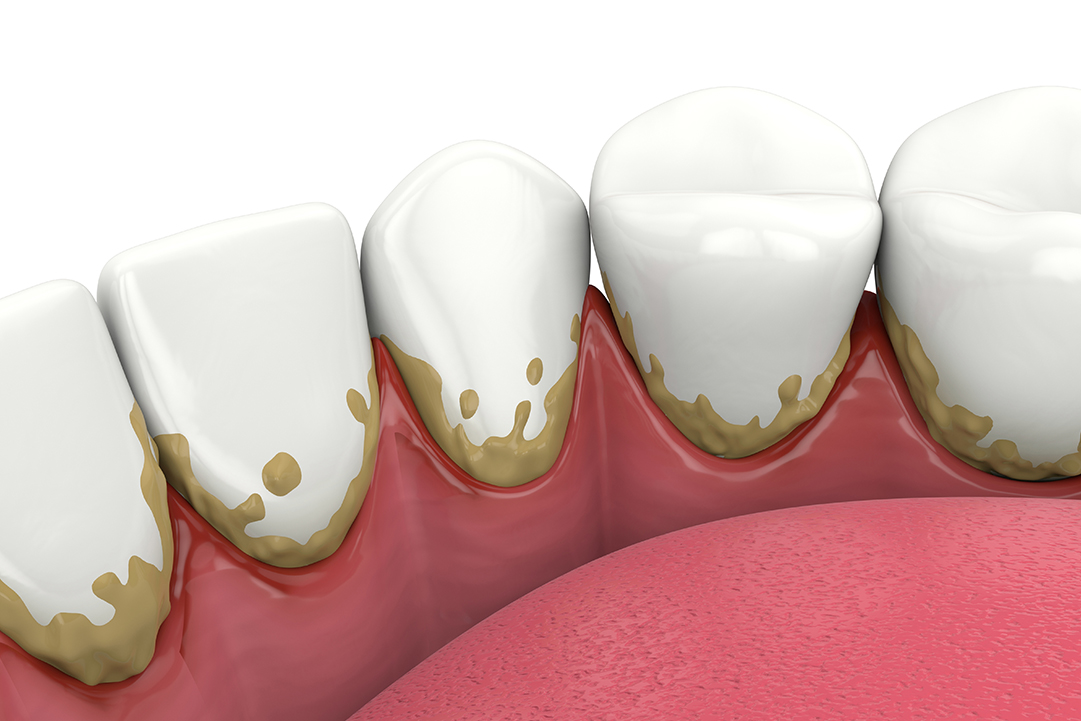Confusion over Coding D4355 Debunked
Estela Vargas, CRDH, CEO Remote Sourcing
Simply said, coding correctly for dental procedures is cash in your pocket. For many years dental practices did not use the code D4355 because of confusion over the circumstances necessary to bill and what insurance will pay. Patients wanted to avoid getting a bill for a denied procedure, and the practice never conveyed the procedure's value. The rule is always to code what you do, whether or not insurance plan limitations are involved.
Unless everyone in your practice is involved in the dental coding and billing for your hygiene services, from the clinical team to the business team, you will continue to lose the money you have rightfully earned. We know how rare it is for everyone in the practice to be involved in coding, so that is why Remote Sourcing is here to help you with this perplexing task.
Codes within the CDT are subject to changes such as additions, deletions, or revisions every calendar year. The changes will impact your profits if you aren't aware of them and do not understand how to apply them to your dental treatment modalities.
For instance, effective Jan. 1, 2023, you’ll need to understand significant changes to code D4355 for full mouth debridement. D4355 has been revised to replace "oral" with "periodontal" in the description. There has also been a revision to remove the entirety of the previous CDT code nomenclature that stated, “Full mouth debridement involves the preliminary removal of plaque and calculus that interferes with the ability of the dentist to perform a comprehensive oral evaluation. Not to be completed on the same day as D0150, D0160, or D0180.”
Insurance plan auditors are paying particular attention to how you apply D4355 because of its history of being billed without proper documentation. It may be an innocent mistake, but you ask for trouble when asking the insurance to be a paying participant in incorrect billing.
For clarification, we turn to the noted and trusted industry experts such as the American Dental Association and their guidelines for reporting full mouth debridement.
Let’s examine a possible coding scenario for a patient with heavy plaque and calculous build-up preventing a comprehensive evaluation. The patient is instructed to make an appointment for a D0180 or a D0150 in about two weeks. If the comprehensive examination D0150 or the periodic examination D0120 is performed at the same visit, the patient will be appointed per the diagnostic examination. Oral hygiene instructions are provided, and Chlorhexidine is dispensed for home use.
D0191 assessment of a patient (or D0150 or D0120 if components listed in the descriptors are completed)
A limited clinical inspection is performed to identify possible signs of oral or systemic disease, impairment, or injury and the potential need for referral for diagnosis and treatment.
D4355 full mouth debridement to enable a comprehensive periodontal evaluation and diagnosis on a subsequent visit
D1330 oral hygiene instructions
This may include instructions for home care. Examples include tooth-brushing techniques, flossing, and special oral hygiene aids.
D9630 drugs or medicaments dispensed in the office for home use
Includes, but is not limited to, oral antibiotics, oral analgesics, and topical fluoride; does not include writing prescriptions.
Confusion over Coding D4355 Debunked
https://www.ada.org/-/media/project/ada-organization/ada/ada-org/files/publications/cdt/march_cmc_meeting_action_summary_report.pdf
https://www.ada.org/-/media/project/ada-organization/ada/ada-org/files/publications/cdt/march_cmc_meeting_action_summary_report.pd



